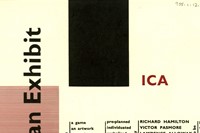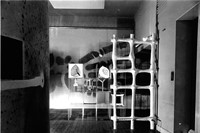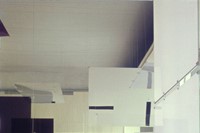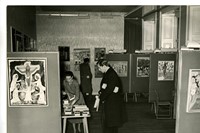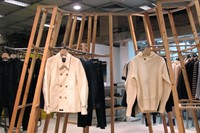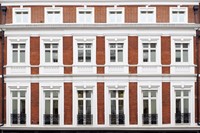We delve into the fascinating history of the ICA as they launch their new off-site exhibition
February is a busy month for the Institute of Contemporary Arts: coinciding with the Tate Modern retrospective of Richard Hamilton (13 February – 26 May 2014), the ICA is showcasing two of the London-born artist’s early installations and presenting an off-site project at Dover Street Market, where a flood of archival images – most of them previously unseen – coexists with the objects on sale at the Rei Kawakubo-curated store.
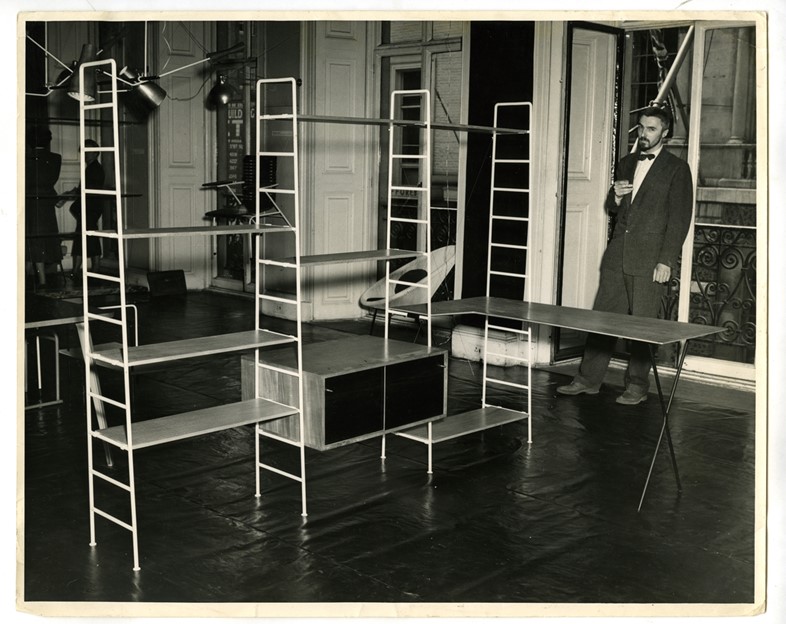
Behind this idea is Gregor Muir, executive director at ICA: “I was looking at an old poster for an ICA exhibition and in the upper right hand it said ’17-18 Dover Street’. Until that moment I had no idea the Institute had been located at the current DSM site; I was fascinated by it and started investigating further.” Muir then joined forces with Tate archivist Adrien Glew (the ICA archives were acquired by the National Collection in 1995) and with Professor Anne Massey to unearth documents ranging from 1950 to 1967, when the ICA moved to The Mall, and gather them in a book titled Institute of Contemporary Arts 1946-1968”. As art critic Lawrence Alloway wrote, “the Institute of Contemporary Arts was, at this time, a meeting place for young artists, architects and writers who would not otherwise have had a place to gather; London had neither a café culture like that of Paris or exhibition openings such as in New York.”
"The Institute was conceived not yet as another museum, but as a source of vitality and daring experiment. With time, it came to be the home of unconventional lifestyles, and its message was shared by means of controversial, provocative and groundbreaking projects"
During its 17 years at Dover Street, the ICA held over one hundred exhibitions and staged a huge rank of talks, discussions, concerts, film screenings and performances which led the avant-garde. This included the first London showing of Jackson Pollock, the first showing of American Pop Art and, perhaps most importantly, Francis Bacon’s first institutional solo exhibition, held in 1955. Its focus on queer culture ruffled a few feathers and disrupted the conservatism of post-war Britain. From its founding in 1946 by Roland Penrose (an adopted Parisian who associated with the Surrealists during the 20s) and Herbert Read (who lived in a studio in Parkhill Road next to Henry Moore, Naum Gabo and Walter Gropius), the Institute was conceived not yet as another museum, but as a source of vitality and daring experiment. With time, it came to be the home of unconventional lifestyles, and its message was shared by means of controversial, provocative and groundbreaking projects. “This was the birthplace of Pop Art, Op Art, Brutalist Architecture and the Independent Group”, says Muir. “For the first time, images were entering the world via mass media and consumerism, which was the reason why we chose not to do a conventional show on Dover Street Market, but to create an explosion of images and documents that would balance nicely with the products on display at the store. For inspiration, we used an image of the Exhibition Parallel of Life and Art from 1952, which was also held at Dover Street.
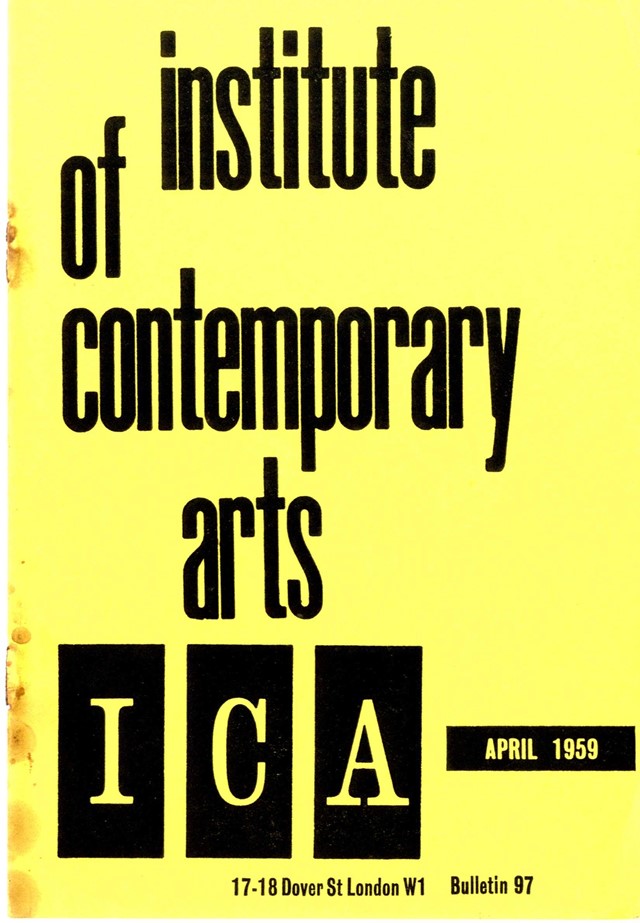
Although the exhibition focuses solely on its Dover Street years, the ICA went on to shock at The Mall with up-and-coming avant-garde artists such as Richard Prince, Damien Hirst or Jake and Dinos Chapman (it also hosted early concerts of The Clash and The Smiths). “However”, says Muir, “The British avant-garde was shaped during the Dover Street years, a period which has more recently been obscured from view. Today we find little evidence of the ICA's achievements from over 60 years ago."ann
ICA Off-Site: Dover Street Market runs until April 6 2014. Preview copies of the S/S14 issue of AnOther Magazine are currently available at IDEA Books at Dover Street Market.
Text by Marta Represa

